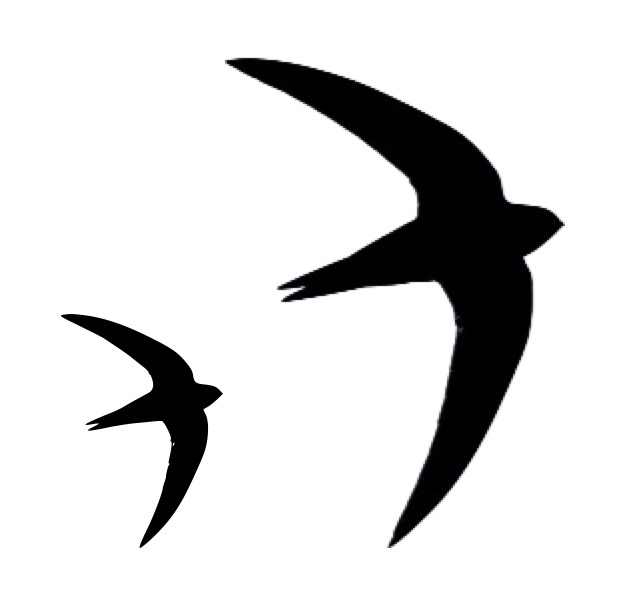2020
Crieff Swift Project walk again
No takers for this evening's walk around Crieff. Mind you, at 8:00 it was gloomy and raining lightly with low clouds, not ideal conditions. Anyway, Dave and I wandered around some of the usual haunts and visited a few new ones; we have new nest sites to enter in the data sheets. As it got later the skies cleared a bit and the sun came through for a while and the numbers of swifts rose from 3 or 4 to about 25.
Crieff Swift Project walk
Although much like the conditions of this day last year, tonight’s Crieff walk was only blessed with a few sightings of up to ten swifts and no comings and goings at nests. We will give it another go on the 5th if anyone wants to join Dave at 8:00 p.m. at James Square (safe distancing applies of course). If you’re not sure about how to tell a swift from a swallow or if you want to learn a bit about these enigmatic birds please join in for a walk around the town. If you have information on nest sites you have recorded this season, please feel free to hand it over on the 5th as well. Dave will record your details so the sitings can be properly attributed.
Call systems with no power
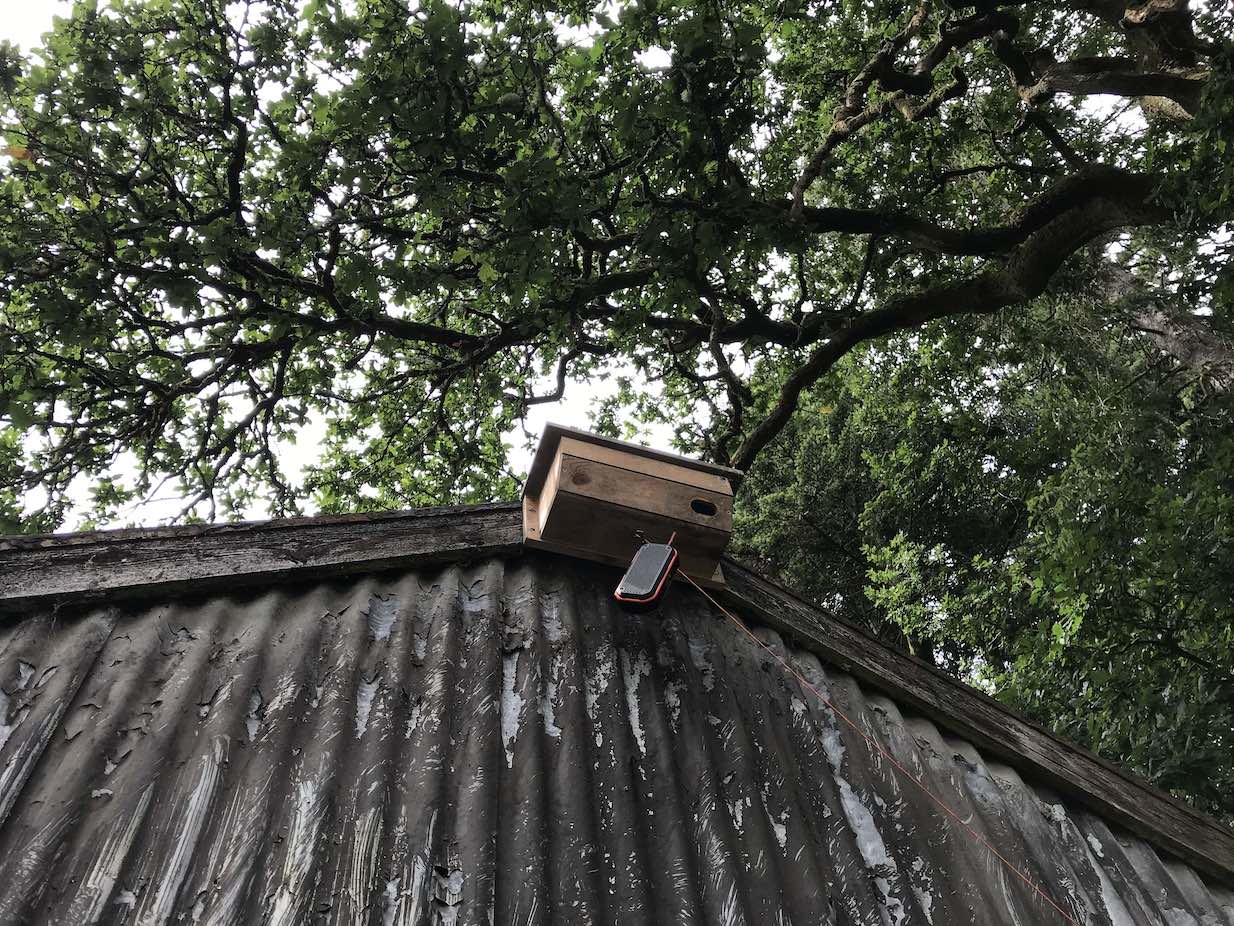
We had a bit of a problem with this new nest site as there is no electricity available nearby and it is too far from the nearest building for bluetooth to work, so the call systems we have deployed in the past were not going to work here. I discussed it with Martin Ridley who is constantly trying new ways of making swift nest call systems and he had a few things up his sleeve but I could not find a battery powered solution which permitted intermittent programmed timings. The advantage of having a bit of calling, now and then, is that it can be adapted to what your neighbours find tolerable and, though I cannot prove it, I think that occasional calling provokes interest with swifts more reliably than a constant noise, dawn to dusk… discuss.
In the end I opted for a BT526 bluetooth stereo speaker which operates from before breakfast to after dinner without running out of power, set quite loud. I put the swift music mp3s on a 32GB micro SD card, copying it until it filled up the card so it does not stop. The BT526 is water proof but I hung it from a hook on the bottom of this nest to give it shelter from heavy showers. Not being able to programme it means I have to go to it and winch it down to turn it off and to USB charge it over night but it is not a bad compromise. If it were within bluetooth range I would be able to broadcast from the house and set timings on the computer or other output device. At £27 on Amazon it is great value and the sellers say that if you give them a review and send them details of the purchase they will send you a second one for free. They sound pretty good playing regular music too and the second unit would allow a more effective stereo sound stage (they can be linked). So if you have a nest site which is not near power, there are options. Product plug over.

Muthill swifts
25/06/20 10:58 Filed in: nest sites,swifts
I cycled to the village this morning and was pleased to see lots of swift activity. There was a group which split into two groups and then reformed and then split. One group focused on the west side of Willoughby Street and the other group did circuits of Drummond street with occasional eaves level cruises up and down the road, looking at the eaves of various buildings as they went, clearly a group of "bangers". A few spent some time looking in to these existing nests. I counted five, none of which had appeared on the survey last year though they would appear to be established sites.
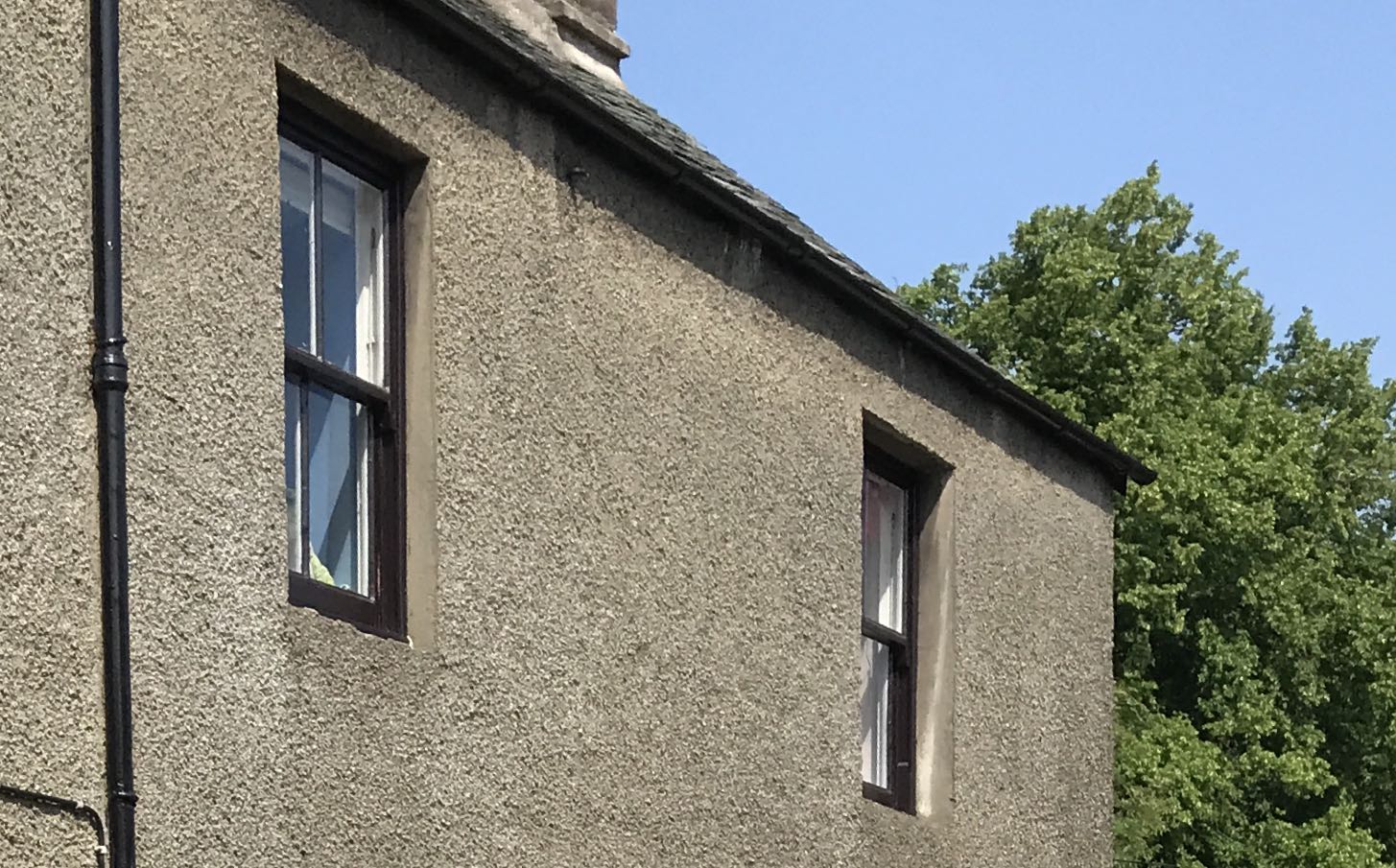

Wee GSWs getting fed
14/06/20 11:09 Filed in: woodpeckers

Initially we had two pairs of GSWs visiting the feeder but, when two juveniles turned up, one pair stopped coming, as far as we could tell. The male is a rare visitor now and it is mostly just Ma and two young, of which she feeds one and drives off the other. The other one is learning faster to feed itself.
Tawny owls branching out
12/06/20 15:43 Filed in: owls
It was pretty noisy around my office last night. I could not see all the players but one houlet flopped onto the grass and then onto the garden furniture, constantly bellowing for food. Parent in the nearby trees insistently calling it to the safety of woodland cover. It had made it as far as the saw cuddie before I retired for the night.
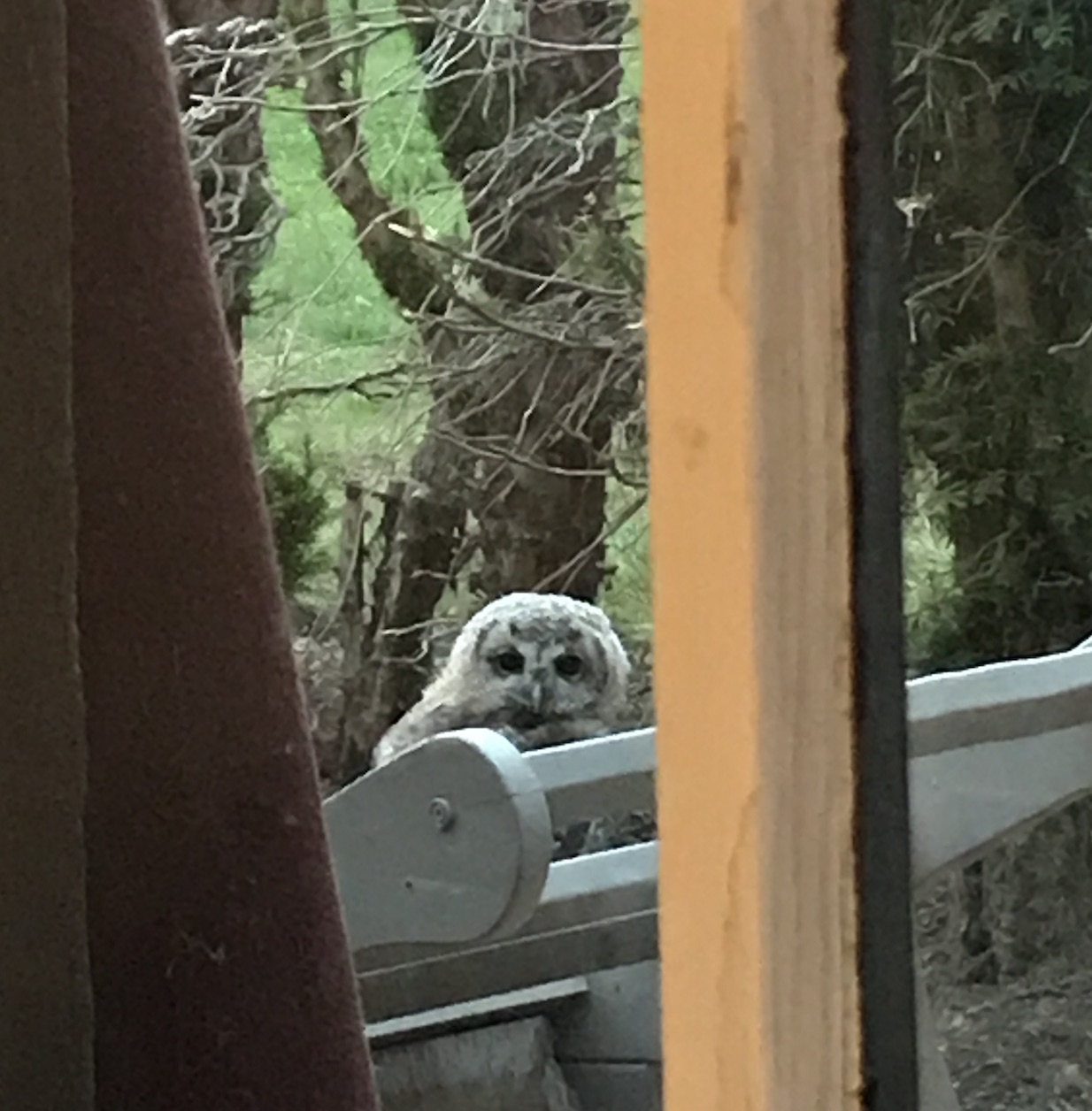
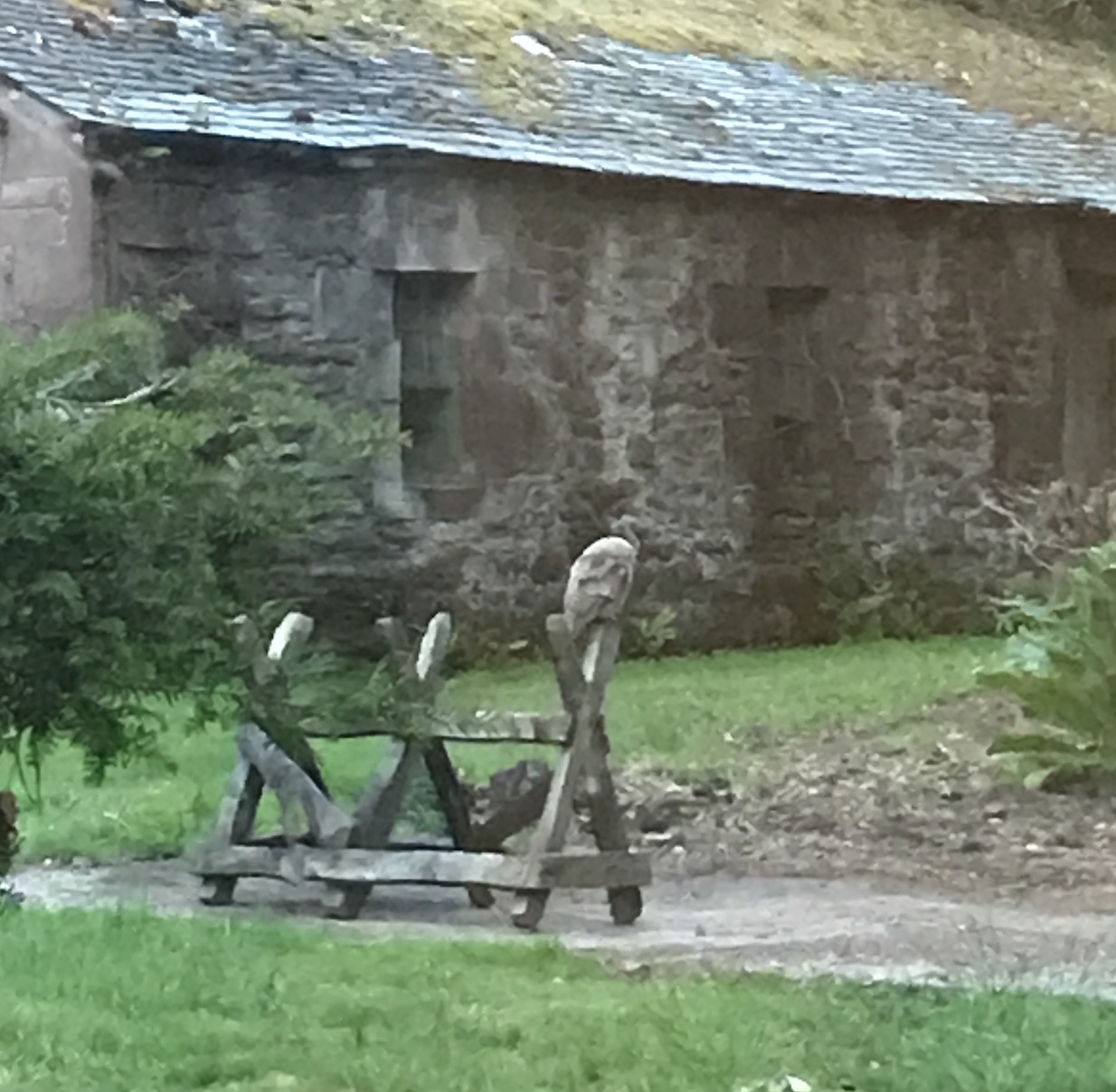


The ugly side of things
11/06/20 13:22 Filed in: swifts,nest sites
Things are said about swifts which are not all verified, mainly because what swifts get up to on the wing tends to happen well out of sight. The use of hyperbole to emphasise what amazing creatures they are is quite forgivable but that should not be allowed to detract from the many astonishing truths.
Such as their ability to fly at incredible heights. For feeding they need to be versatile and able to seek out the "aerial plankton" however high it is. Around 3000 metres is not uncommon, 6000 metres is not beyond them and they have been seen flying at or near that height when migrating. They sleep, mate and drink on the wing and only land for nesting. If they land on the ground it is usually a mistake and they will struggle to take off again and often do not succeed.
Juvenile swifts, when they fly for the first time, will probably not land again for three years! In a paper by Jan Holmgren in the 1980s they noted that near Skurup in Sweden gathering juvenile swifts were seen roosting, en masse, on trees and on a pylon. This atypical behaviour was thought to apply to swifts migrating from the furthest reaches of their northern spread and possibly related to some swifts adapting to nesting in holes in trees in northerly unpopulated areas.
Today I thought it might be a good idea to try to add some clarity to the often stated assurances that swifts are clean and safe and do not bother people or make a mess or subject people to health risks. This is largely true; if you have hosted, by choice or otherwise, swallows, martins, starlings or pigeons you will know all about what constitutes a mess. Though peacocks are a whole other thing!
I have said on the web site how swift nests rarely involve the swift being "inside" the building and swift boxes are invariably either on the outside or inside but sealed. So the chances of anything in the nest escaping into the human domain are very remote. That said, if you are ever in a position when you are required to handle a swift, alive or dead, or if you clear out swifts nests which may have had nesting material brought in by other birds, you may come across one of these beasties
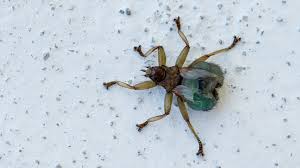
This is a louse fly or ked. Specifically a cratærina pallida, a biting creature which can infest a nest, feeding on the blood of the swifts and swiftlets. They produce larvae in late summer which pupate and remain dormant in the nest over winter. The pupæ are small (3+ mm)dark and rounded and could easily be overlooked when cleaning out a nest which has an untypical amount of nest material from the swifts or other birds. They hatch in the spring when swift eggs are laid and then get stuck in.
It is in the interests of the ked to not kill the nestlings but they are each said to require about 5 mg of blood per day on average, which could become a serious problem for growing swiftlets if the nest is over-run. They're pretty nasty and quite large; I have seen them the size of my thumb nail, so they can be quite alarming if you're not expecting them. They are very specific about their hosts though and will not be after your blood.
So far as poop is concerned, the parent birds have been filmed in the nest often enough for us to know that they pick up and eat or take away the faeces of the young when they are small. When they are fledged and nearly ready to fly the young will "fire" their pellets out of the nest opening, which can cause chalky looking white marking on the underside of gutters or other projections which may be caught. Sometimes a well used nest will betray its presence with a little bit of white staining around the entrance but usually there is nothing to see and certainly nothing like the mess you will see at a house martin of swallow nest.
For more swift facts, try going here: https://www.swift-conservation.org/Swift%20Facts.htm
Such as their ability to fly at incredible heights. For feeding they need to be versatile and able to seek out the "aerial plankton" however high it is. Around 3000 metres is not uncommon, 6000 metres is not beyond them and they have been seen flying at or near that height when migrating. They sleep, mate and drink on the wing and only land for nesting. If they land on the ground it is usually a mistake and they will struggle to take off again and often do not succeed.
Juvenile swifts, when they fly for the first time, will probably not land again for three years! In a paper by Jan Holmgren in the 1980s they noted that near Skurup in Sweden gathering juvenile swifts were seen roosting, en masse, on trees and on a pylon. This atypical behaviour was thought to apply to swifts migrating from the furthest reaches of their northern spread and possibly related to some swifts adapting to nesting in holes in trees in northerly unpopulated areas.
Today I thought it might be a good idea to try to add some clarity to the often stated assurances that swifts are clean and safe and do not bother people or make a mess or subject people to health risks. This is largely true; if you have hosted, by choice or otherwise, swallows, martins, starlings or pigeons you will know all about what constitutes a mess. Though peacocks are a whole other thing!
I have said on the web site how swift nests rarely involve the swift being "inside" the building and swift boxes are invariably either on the outside or inside but sealed. So the chances of anything in the nest escaping into the human domain are very remote. That said, if you are ever in a position when you are required to handle a swift, alive or dead, or if you clear out swifts nests which may have had nesting material brought in by other birds, you may come across one of these beasties

This is a louse fly or ked. Specifically a cratærina pallida, a biting creature which can infest a nest, feeding on the blood of the swifts and swiftlets. They produce larvae in late summer which pupate and remain dormant in the nest over winter. The pupæ are small (3+ mm)dark and rounded and could easily be overlooked when cleaning out a nest which has an untypical amount of nest material from the swifts or other birds. They hatch in the spring when swift eggs are laid and then get stuck in.
It is in the interests of the ked to not kill the nestlings but they are each said to require about 5 mg of blood per day on average, which could become a serious problem for growing swiftlets if the nest is over-run. They're pretty nasty and quite large; I have seen them the size of my thumb nail, so they can be quite alarming if you're not expecting them. They are very specific about their hosts though and will not be after your blood.
So far as poop is concerned, the parent birds have been filmed in the nest often enough for us to know that they pick up and eat or take away the faeces of the young when they are small. When they are fledged and nearly ready to fly the young will "fire" their pellets out of the nest opening, which can cause chalky looking white marking on the underside of gutters or other projections which may be caught. Sometimes a well used nest will betray its presence with a little bit of white staining around the entrance but usually there is nothing to see and certainly nothing like the mess you will see at a house martin of swallow nest.
For more swift facts, try going here: https://www.swift-conservation.org/Swift%20Facts.htm
The "bangers" are here
01/06/20 23:07 Filed in: nest sites,swifts
I have heard from the new nest site in Glenartney that there have been several visits to the boxes today, which is encouraging. No nesting but this rather unconventional box is certainly on the radar for next year.
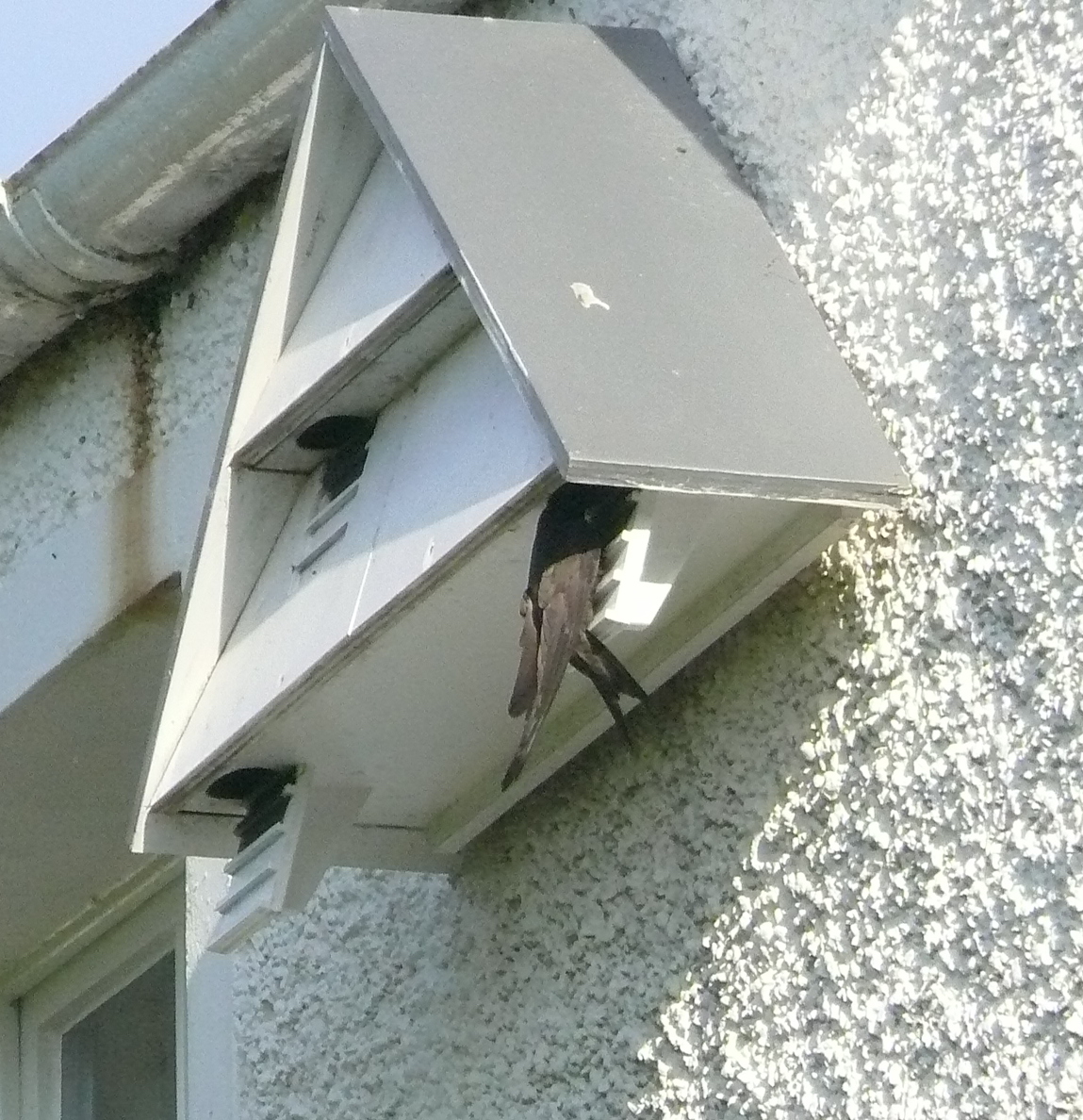

2020 Season has started, in perfect conditions
07/05/20 23:07 Filed in: swifts
Over the years of monitoring, the swifts tended to arrive back in Perthshire on or about the same day every year. At Glenhead and Cloan they would be there on the 8th of May with very little variation. The earliest I recorded them arriving was once on the 5th May and the latest was once on the 13th. This year the first report for Perthshire was on the 1st May and today (the 7th) I heard of them having arrived at Stonehaven, so they are about a week early!
2020 Season begins in less than a month!
09/04/20 23:05 Filed in: nest sites,swifts
Despite the circumstances, I am pleased to say we have one new nest site erected in Crieff and ready for the 2020 season, though only because the house owner was able put it up himself without the use of a cherry picker.
Normally at this time I would be concerning myself with making sure nest sights are ready. New boxes located and (where accessible) holes taped over, for removal at the last moment. This to help prevent the nests being stolen by birds which are around already. The existing sites would be checked for anything which might interfere with their ongoing use.
As it is, we are unlikely to be free of the current emergency measures for the COVID-19 virus by the start of May so we must trust that all goes well. Hopefully we will be able to monitor swift progress as we exercise or walk to the shop, so please keep your eyes on the skies and let us know what you see.
If you spot a nest site, please look at the Support and help page and send in as much information as you can.
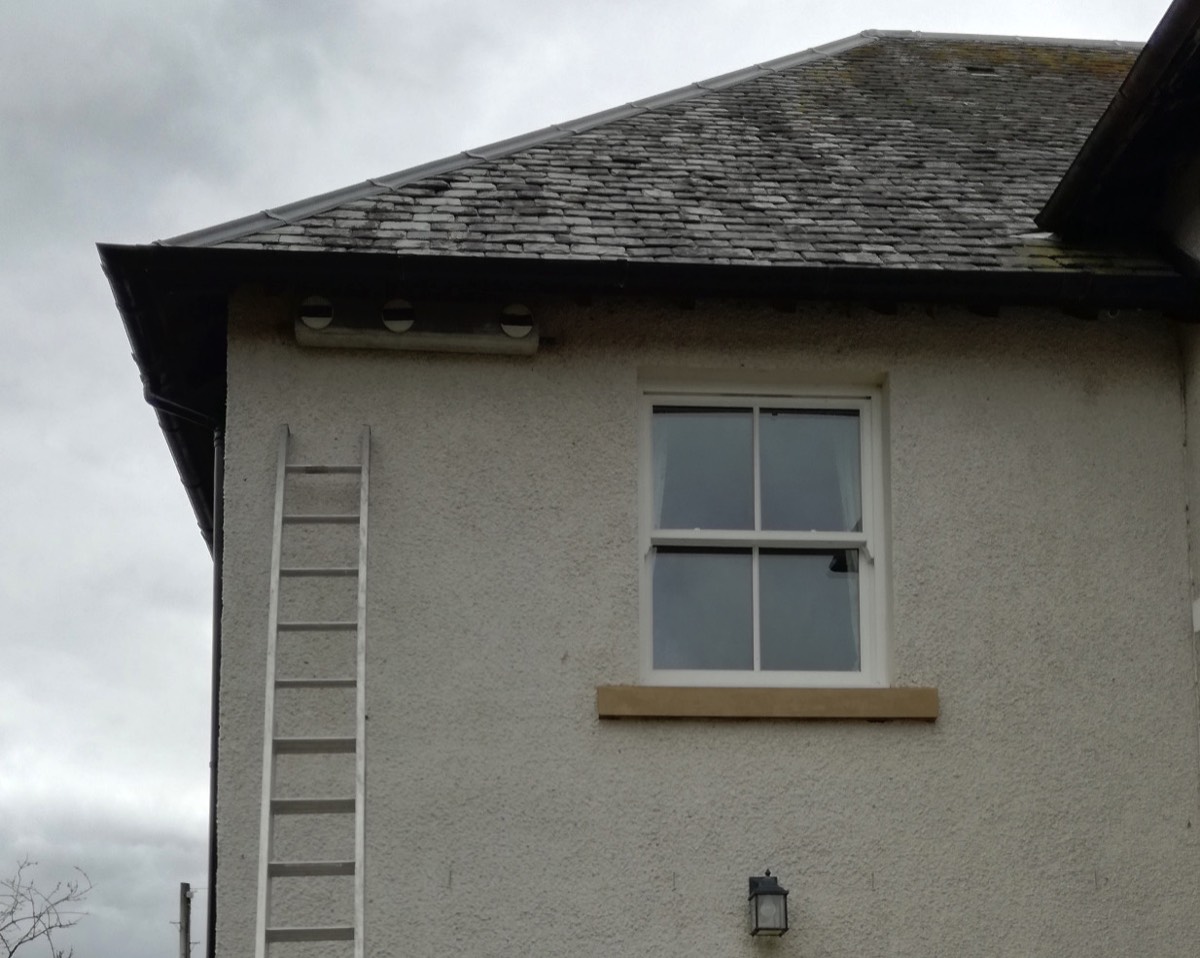
Normally at this time I would be concerning myself with making sure nest sights are ready. New boxes located and (where accessible) holes taped over, for removal at the last moment. This to help prevent the nests being stolen by birds which are around already. The existing sites would be checked for anything which might interfere with their ongoing use.
As it is, we are unlikely to be free of the current emergency measures for the COVID-19 virus by the start of May so we must trust that all goes well. Hopefully we will be able to monitor swift progress as we exercise or walk to the shop, so please keep your eyes on the skies and let us know what you see.
If you spot a nest site, please look at the Support and help page and send in as much information as you can.


